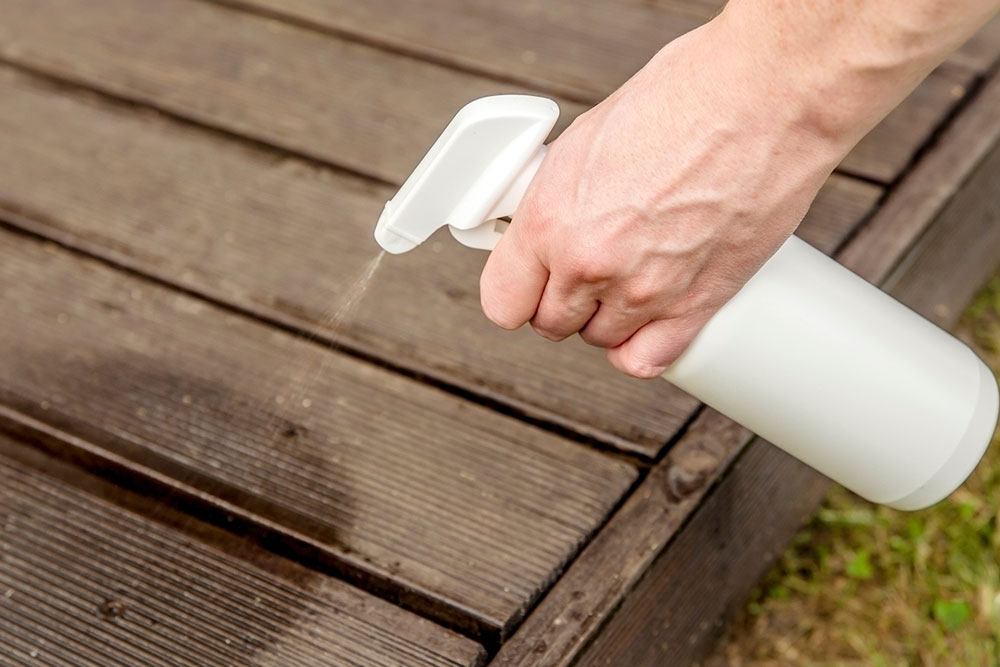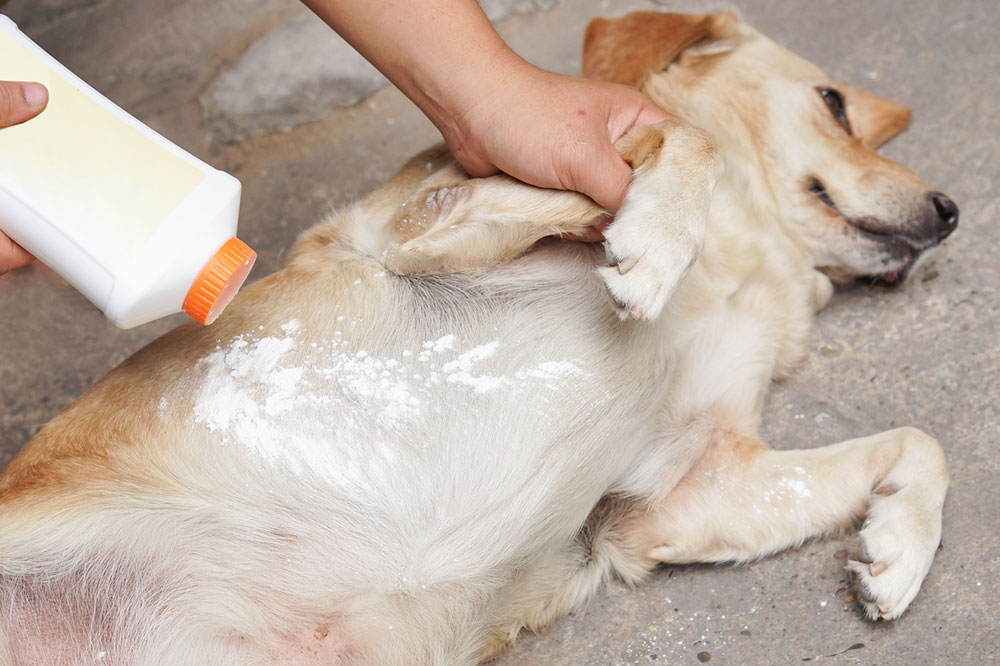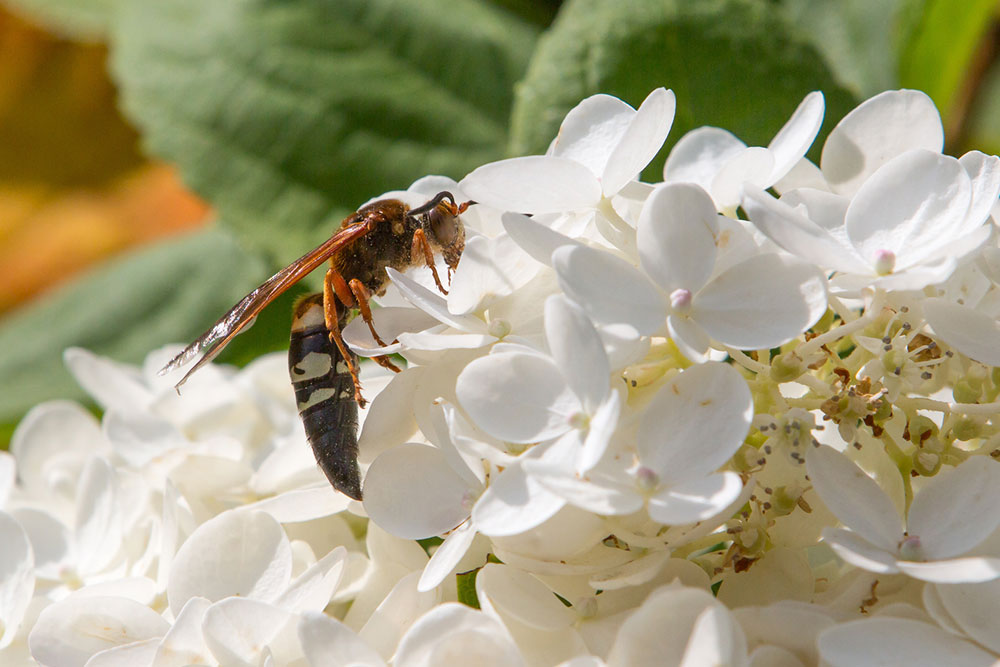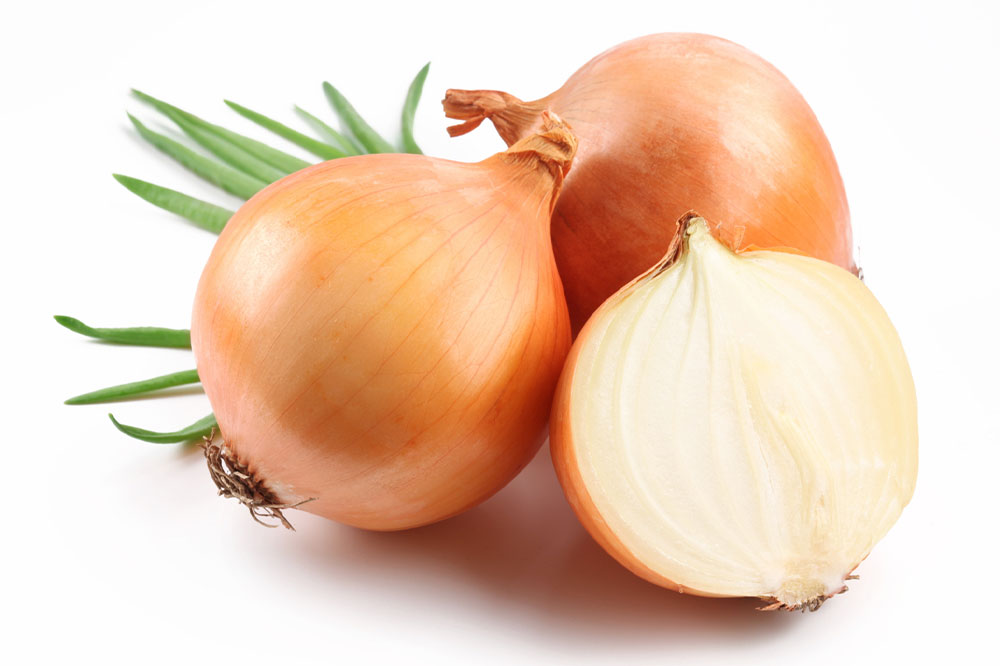Effective Natural Solutions for Eliminating Lawn Grubs
Discover natural methods to control lawn grubs effectively. From promoting beneficial birds and nematodes to using milky spores and neem oil, these environmentally friendly solutions help protect your lawn without harmful chemicals. Proper lawn prep like aeration enhances treatment success, making this a comprehensive guide for pest-free lawns. Ideal for eco-conscious homeowners seeking long-term results, these strategies ensure a healthy, pest-resistant yard with minimal environmental impact.
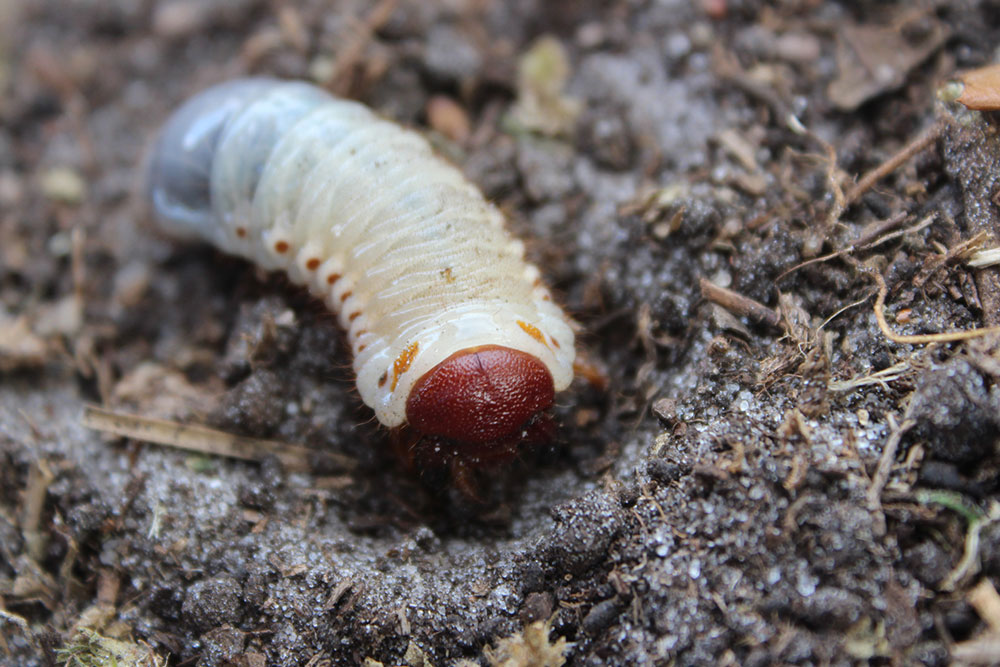
Effective Natural Solutions for Eliminating Lawn Grubs
Grubs, the larvae of insects like Japanese beetles, June beetles, and chafers, feed on organic matter including grass roots. They are most active during spring and summer, potentially damaging lawns by causing patchy spots, a drought-like appearance, and attracting pests such as moths, beetles, raccoons, and skunks.
Promote Natural Predators
Birds such as chickadees, blue jays, robins, and even backyard chickens naturally feed on grubs, helping to control their population. To attract them, homeowners can set up birdbaths, feeders, and birdhouses around the yard.
Reduce Lawn Moisture
Since moisture promotes grub development, creating a drought-like environment can help eradicate eggs and young larvae. Drought conditions around July can be effective, but caution is advised to prevent damage to the rest of the lawn.
Apply Milky Spore Disease
Milky spore bacteria target Japanese beetles' larvae, providing a long-term, cost-effective solution after a few applications over two to three years. They perform best at temperatures between 60-70°F and require proper soil conditions for maximum effectiveness.
Use Neem-Based Products
Azadirachtin, found in neem oil, helps reduce Japanese beetle populations. Regular application can help control grubs, but it doesn't prevent adult beetles from laying eggs. Both azadirachtin and pure neem oil are environmentally friendly options.
Introduce Beneficial Nematodes
These parasitic worms attack and kill grubs without harming the lawn. Available at garden stores, they should be applied early morning or late afternoon and require periodic reapplication over several years for lasting results. Avoid using chemical insecticides during application to protect nematodes.
Use Borax as a Short-Term Solution
Borax can be diluted with water and sprayed on affected areas. Due to its boron content, it should be used cautiously, primarily as a short-term remedy to avoid lawn damage.
Aeration and Dethatching
Improving soil aeration and removing compacted layers reduce hiding spots for grubs, making other treatments more effective. This process also allows beneficial solutions like nematodes and spores to penetrate deeper into the soil.
For chemical options, products like carbaryl and trichlorfon are available. Carbaryl begins acting in 10-14 days but is toxic to pollinators, so professional application is recommended. Trichlorfon works faster, killing grubs within 1-3 days, but breaks down within a week. These treatments are best applied in fall or early spring. Additionally, preventative treatments with insecticides like imidacloprid, thiamethoxam, or clothianidin can reduce grub populations significantly when applied in June or July with proper irrigation.



